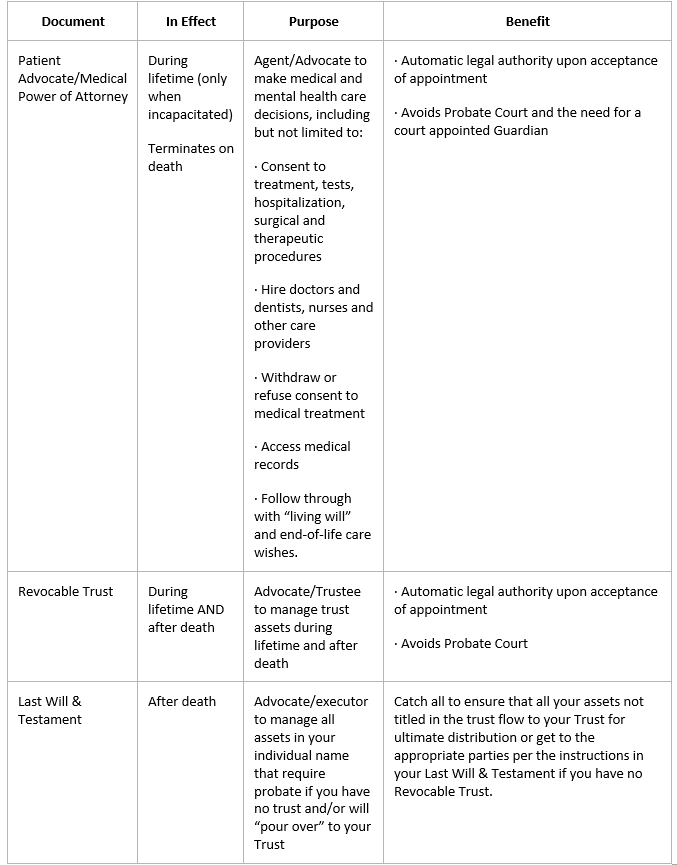The Trend Towards Later Retirement
 Contributed by: Sandra Adams, CFP®
Contributed by: Sandra Adams, CFP®
According to The Pew Research Center, over the next decade, workers over age 55 will grow 4 percent per year — 4 times faster than the entire workforce. Older workers are not only a larger percentage of the overall workforce but also an important part of the workforce with their knowledge and experience base.
So, what are the reasons why people are working later in life?
Some may need additional income after “first” retirement.
Some indicated they thought they needed to supplement what they had already saved to keep up with inflation.
Some may want something of value and purpose to do with their time and to feel that they are contributing to something meaningful.
Some (especially women) are returning to work and starting their careers later in life after raising their families, and their children are out on their own.
Some return to work after serving for some time as a caregiver to a spouse or parent and feel like they need to make up for lost time in their career and save for future financial security.
No matter what the reason(s), adults remaining longer in the workforce benefit from:
Continuing to challenge themselves cognitively.
Continuing to learn new things on the job.
Continuing to socialize with coworkers and others in a work environment regularly.
With life expectancies anticipated to continue to grow in the coming decades, living to one hundred and beyond will be the norm in the not-too-distant future. And when it is, most of us will be working longer, either out of necessity to support ourselves financially and/or to keep ourselves cognitively challenged for the years we are living. So, if a longer life is in your future, a longer working life may also be in your future. It may not be only your first career that you retire from, but a second or third career. There is a lot to look forward to in a 100-year life!
Sandra Adams, CFP®, is a Partner and CERTIFIED FINANCIAL PLANNER™ professional at Center for Financial Planning, Inc.® and holds a CeFT™ designation. She specializes in Elder Care Financial Planning and serves as a trusted source for national publications, including The Wall Street Journal, Research Magazine, and Journal of Financial Planning.
Securities offered through Raymond James Financial Services, Inc. Member FINRA/SIPC. Investment advisory services offered through Center for Financial Planning, Inc. Center for Financial Planning, Inc., is not a registered broker/dealer and is independent of Raymond James Financial Services.
Certified Financial Planner Board of Standards Inc. owns the certification marks CFP®, CERTIFIED FINANCIAL PLANNER™, CFP® (with plaque design) and CFP® (with flame design) in the U.S., which it awards to individuals who successfully complete the CFP Board’s initial and ongoing certification requirements.
Raymond James and its advisors do not offer tax or legal advice. You should discuss any tax or legal matters with the appropriate professional.
Any opinions are those of Sandra D. Adams, and not necessarily those of Raymond James.













